Read all of art critic David Apatoff’s columns here.

Today if you want to become an illustrator, there are many excellent art schools and professional programs to train you. You can even get an advanced degree in “illustration.” But a hundred years ago such training didn’t exist, so when The Saturday Evening Post went looking for talented artists to illustrate its pages, it had to be open to all kinds of talent from unlikely places.
Tony Sarg was one of the most unusual — and happiest — creative oddballs to work as an illustrator for the Post. “I never had so much is an hour of art instruction,” he proudly said, but he had lots of creative adventures that proved a good substitute.
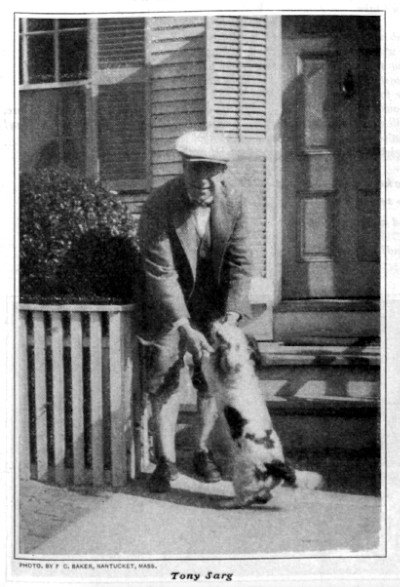
Sarg was born in 1880, the son of a German diplomat. His parents sent him to a military academy at age fourteen and following six years of training he was commissioned as a lieutenant in the German army’s artillery unit. It’s hard to think of anyone less qualified to be a soldier. Playful and imaginative, Tony decided to resign his commission to become a puppeteer. He left Germany, fell in love with an American named Bertha McGowan and married her in Cincinnati, Ohio in 1909.
Sarg dabbled in lots of careers. He tried designing wallpaper. He prepared advertisements for a marmalade company. He wrote guide books. He opened a curiosity shop where he built and sold puppets and other imaginative objects. (When his store went broke, he tried paying his employees and creditors with puppets.) For a while, Sarg tried a career as an animator and worked on some of the very first cartoons, such as The First Circus and Why They Love Cavemen (1921). He also wrote and illustrated children’s books. But most of all Sarg wanted to be a puppeteer. He learned to use marionettes by sitting through 50 performances by an English puppeteer named The Great Holden and spying “shamelessly” on his technique. Eventually, Sarg found work putting on marionette shows in the windows of Macy’s Department Store in Manhattan to attract Christmas crowds.
Sarg’s career as an artist got a slow start. He found he was able to make money selling cartoons to a weekly publication called The Sketch. Sarg didn’t draw very well but they liked his jokes. In a 1928 interview in the Post he recalled, “One thing I discovered at the start: you could always sell a good joke.” Unfortunately, he wasn’t very good at coming up with gags yet but he learned to be resourceful at “borrowing” jokes from obscure sources. “I went through piles of foreign magazines… combing them for good stories.… Since the best jokes are almost universal in their appeal all I had to do was revamp them to fit another time and place, illustrate them and send them in.”
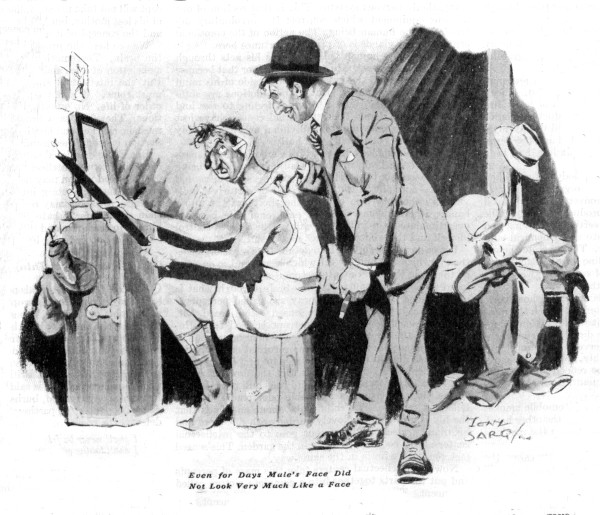
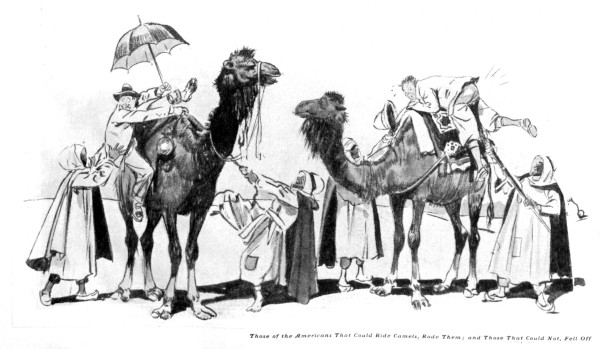
With practice, his drawing became competent enough so that readers could at least understand what was happening in the joke.
Despite this unpromising job history, Sarg was energetic and likeable enough that he persuaded the Post to give him a chance, and by 1915 his art was appearing on the cover.
[Insert SEP covers for November 13, 1915 and January 22, 1916]
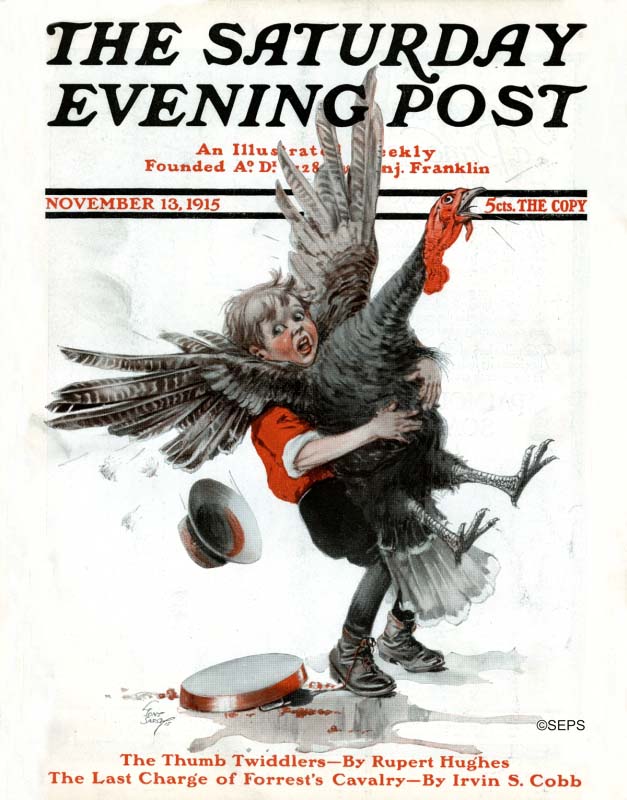
Tony Sarg
November 13, 1915
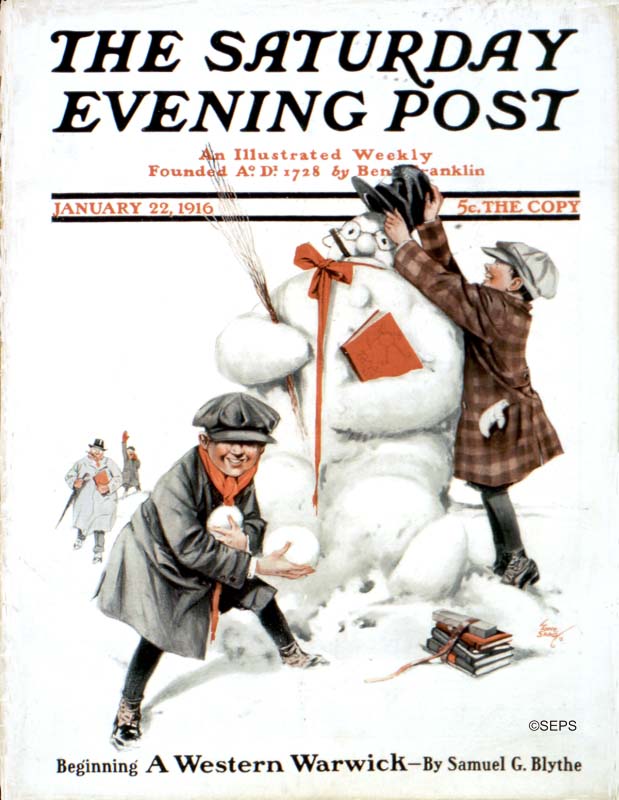
Tony Sarg
January 22, 1916(©SEPS)
Sarg painted a total of three covers for the Post, but lacked the discipline and the skill to become a serious cover artist like Norman Rockwell or J.C. Leyendecker. Oil paint was a medium for professional artists, and besides it took too long to dry. Sarg was much better suited to do quick, humorous illustrations in pen and ink or watercolor, for features inside the magazine. The Post wisely found a niche for him there, and he gained a popular following that lasted for many years.
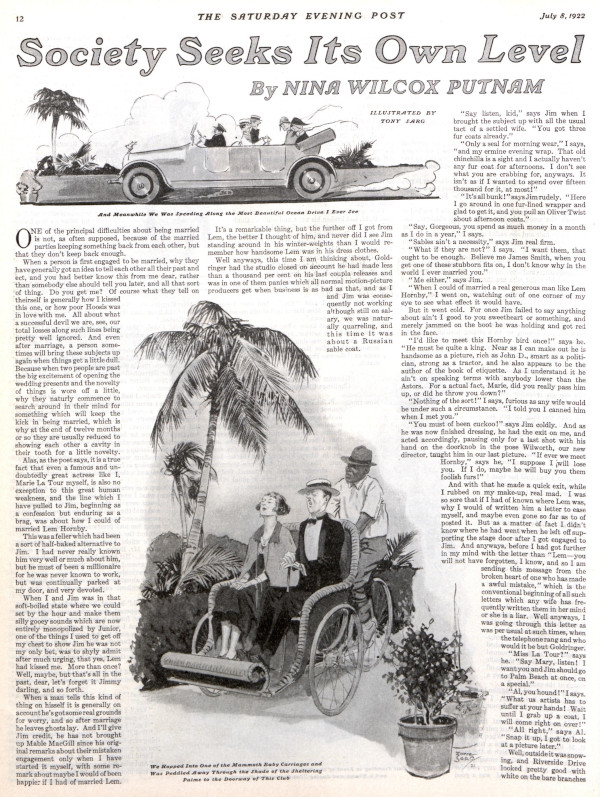
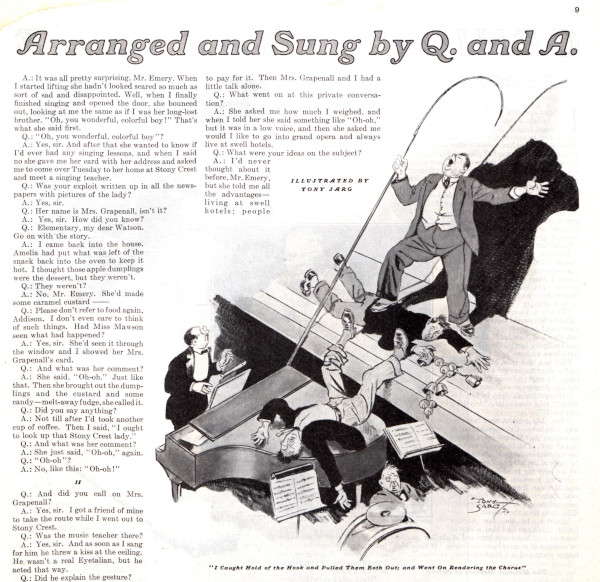
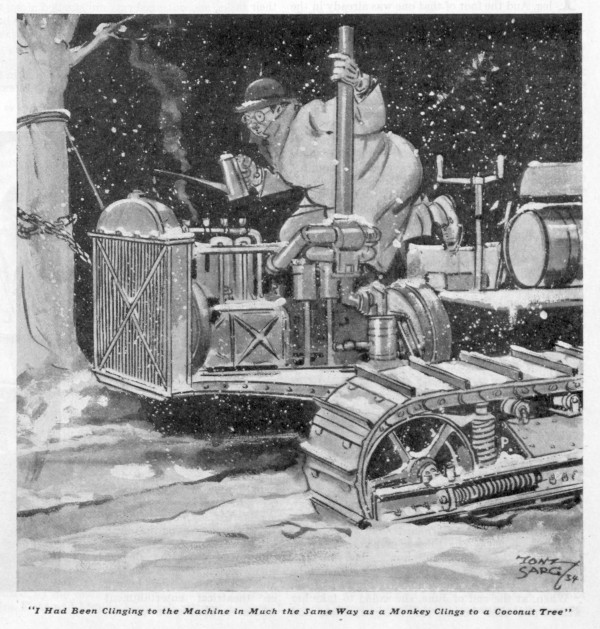
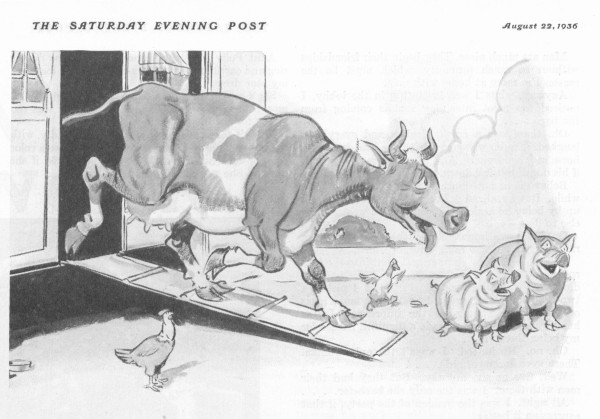
During his career with the Post, Sarg was often teamed with humorous writers such as Don Marquis or Irvin Cobb, but he was also teamed with “heavyweight” authors such as Sinclair Lewis.
But Sarg’s biggest claim to fame still lay ahead.
Even as he worked as an illustrator, he continued his side career with his beloved puppets. He told readers of the Post,
“As I circulated among artists and Illustrators, I found that each had some little sideline — some useful accomplishment apart from his art — to distinguish them from the rest. Besides adding to the evening’s entertainment at an artist’s gatherings, this little knack often proved the only means of advertising open to you in this ethics-hedged business.”
Sarg was still moonlighting as a puppeteer for Macy’s in 1924 when Macy’s began its famous tradition of a Thanksgiving parade. In 1928 he came up with the idea that a blimp — a large, helium-filled rubber balloon — could be re-designed in the shape of funny animals and characters, and used in the parades. The Goodyear company in Akron, Ohio manufactured rubber blimps for military and industrial use. Soon Sarg persuaded them to manufacture huge balloons in the form of Mickey Mouse and Ferdinand the Bull. Sarg viewed his balloons as reverse marionettes: with a traditional marionette, strings controlled the figure from the top down, but his parade balloons were controlled by strings from the bottom up.
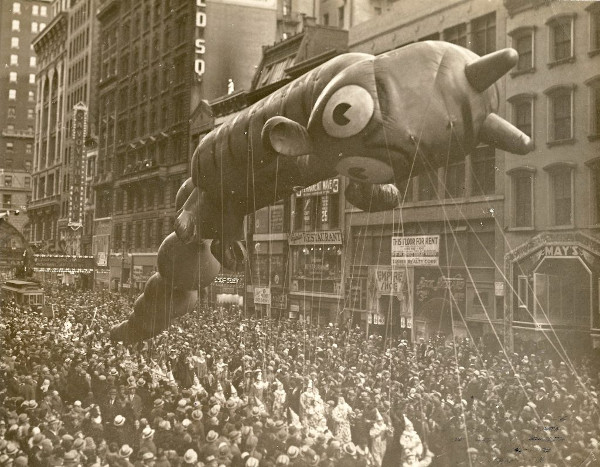
Sarg’s invention became wildly popular, in part due to his gift for publicity. In 1936, it was coast-to-coast headline news that a huge sea monster had been sighted off the coast of Nantucket. Massive footprints had been left in the sand where the beast had come ashore. It turned out that the mischievous Sarg had smuggled one of his parade balloons to Nantucket and put it in the water at night.
From “The Gifts of Tony Sarg,” American Experience (PBS.org)
Sarg became a national celebrity. At the Chicago World’s Fair, millions of people saw his creations. Advertisers in the Post began paying Sarg to endorse their products.
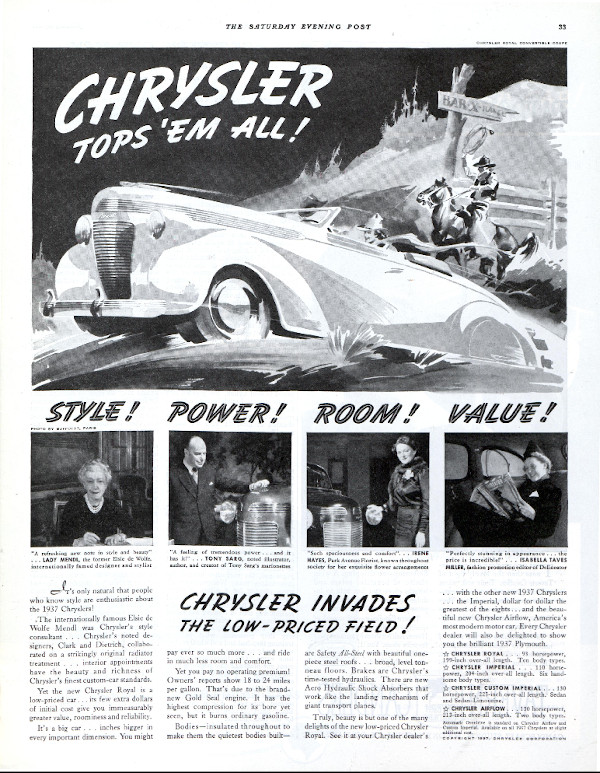
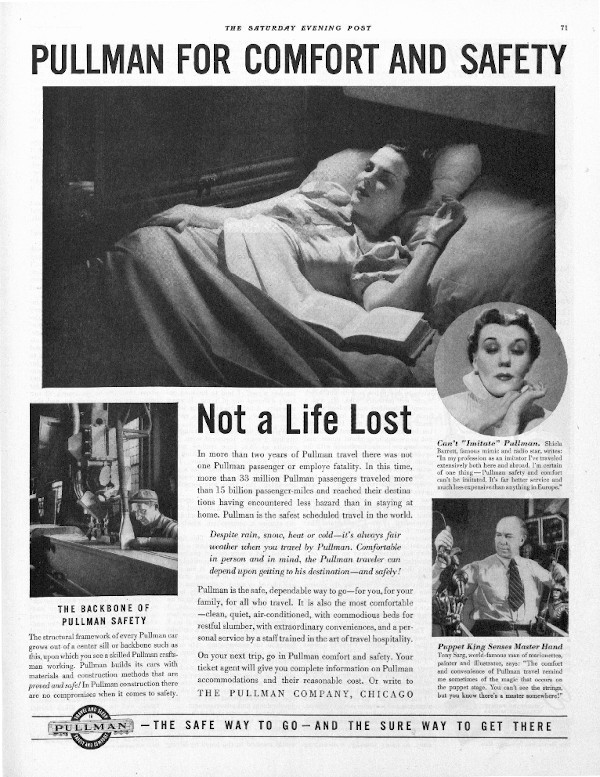
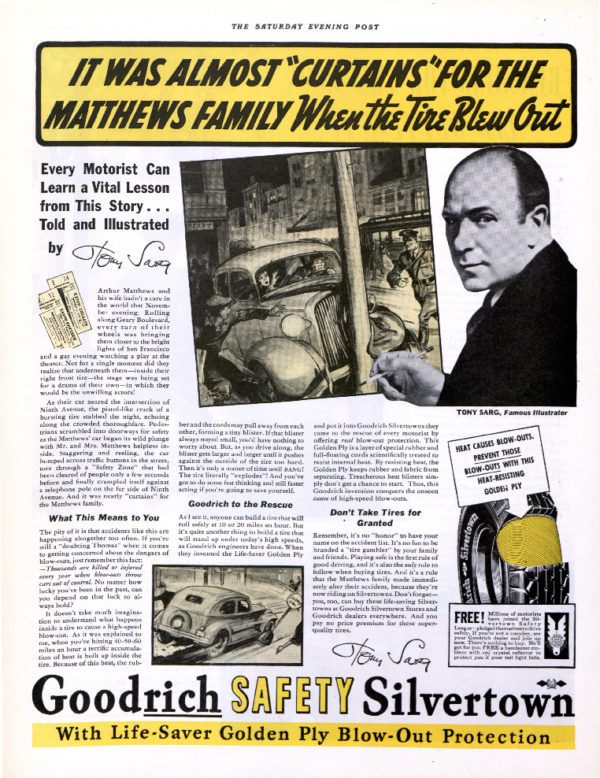
When it came to artistic ability, Sarg proved to be one of the less skilled illustrators for the Post. But it turned out that artistic talent was only one of the considerations in becoming a successful illustrator.
Featured image: Illustration by Sarg from the June 29, 1935, issue (©SEPS)
Become a Saturday Evening Post member and enjoy unlimited access. Subscribe now
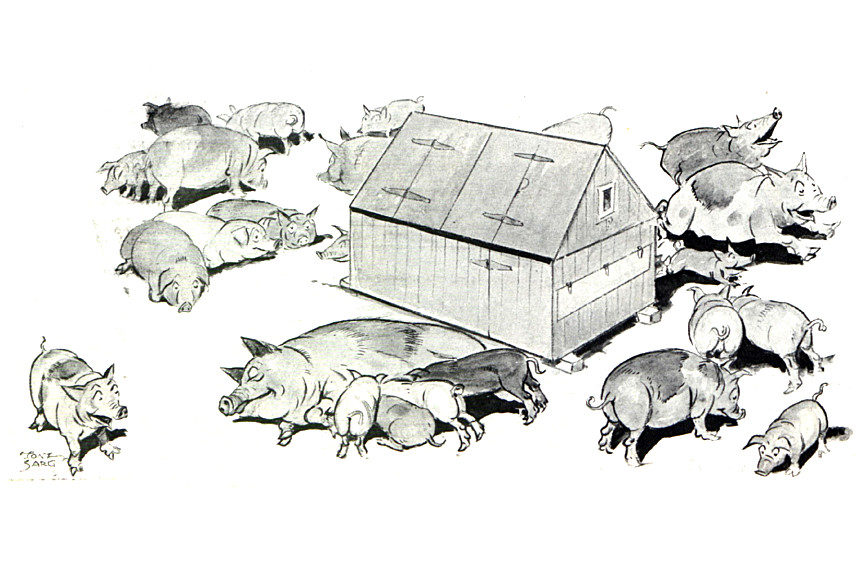
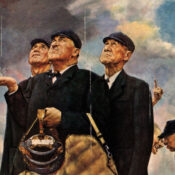

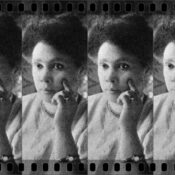
Comments
Wow David! I’d never heard of Tony Sarg before, much less of his MANY accomplishments before. I had no idea he was the father of the entertaining Macy’s Parade floats. Actually I never even thought of of them at all before, or that they even had an origin.
He had a real talent for marketing and publicity too, to say the least! He was probably one of the first ‘celebrities’ for product endorsements, as well. His illustrative work shown here (for the Post) was wonderful too. His drawings of people and backgrounds was quite lively and unique, but the animals are my favorites.